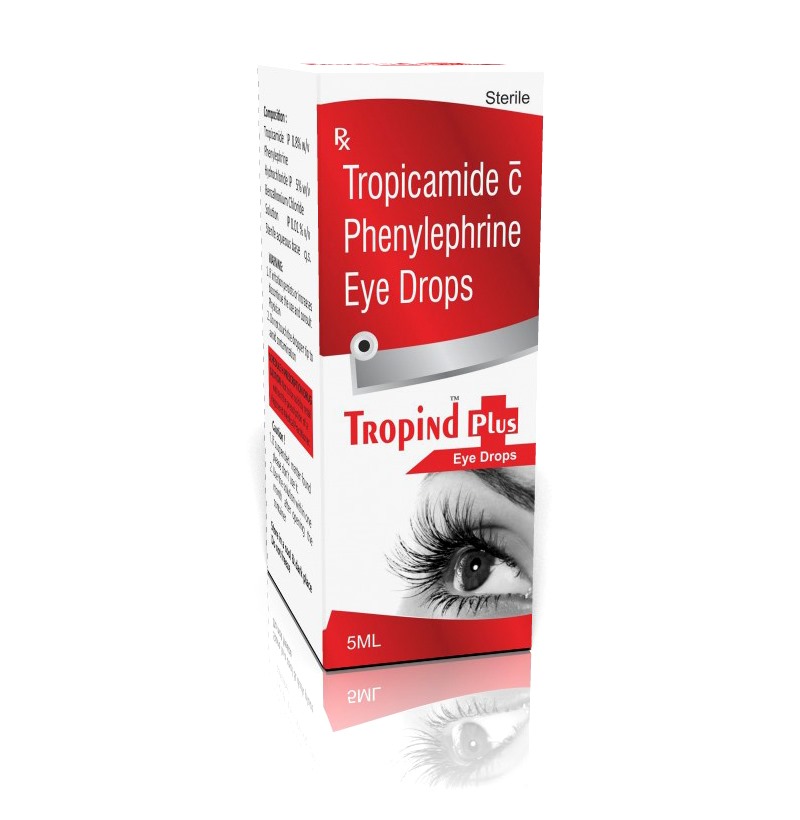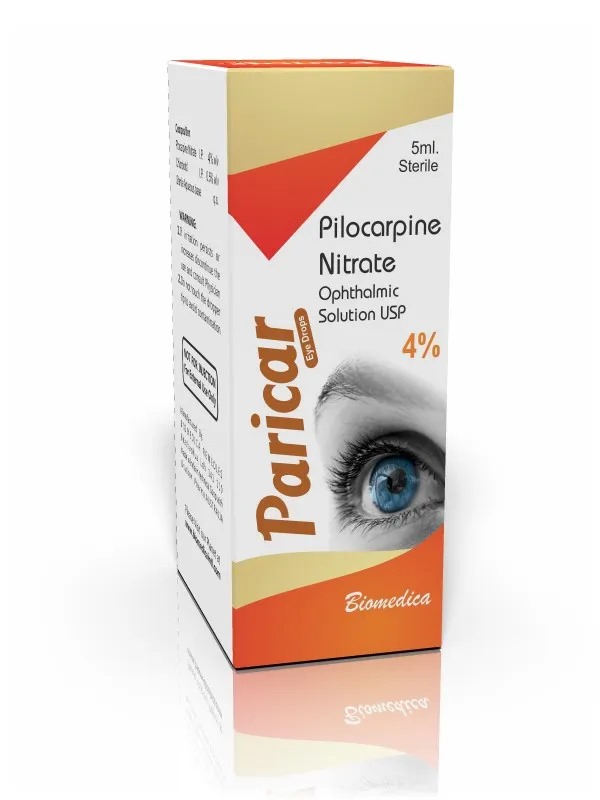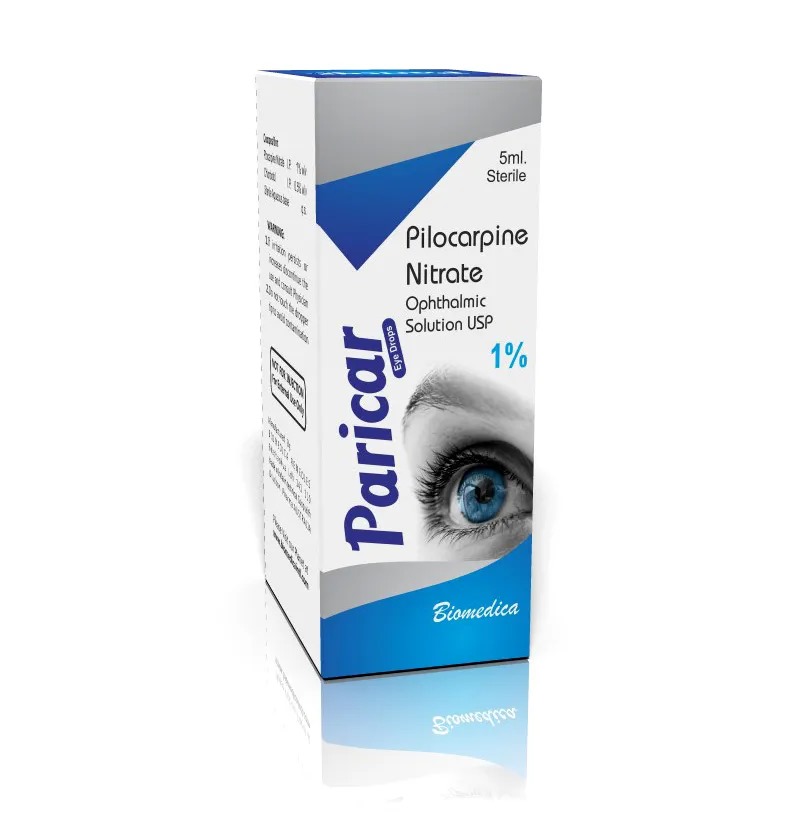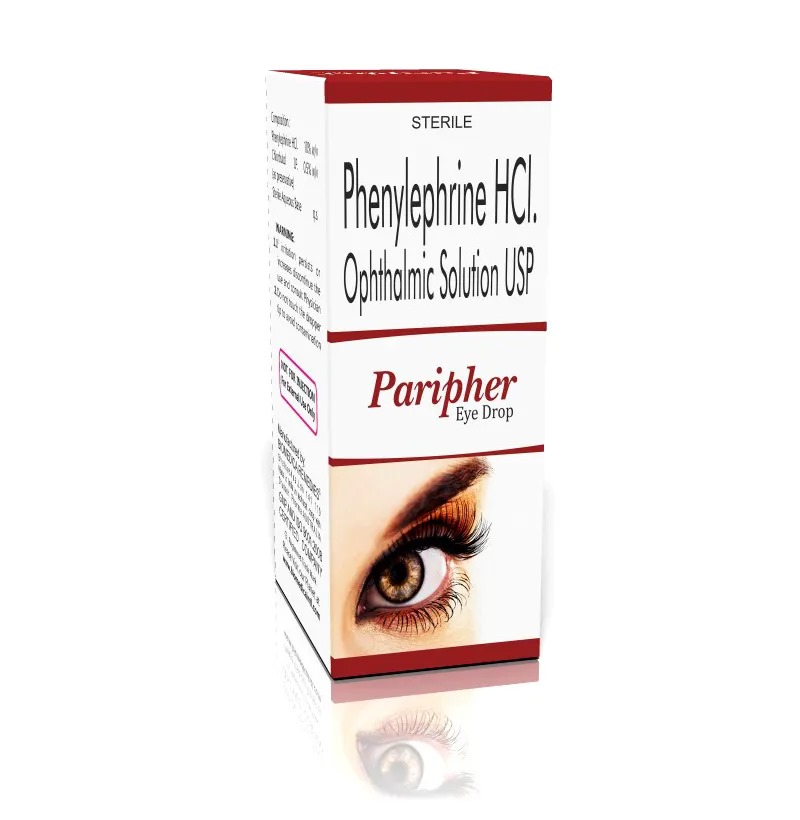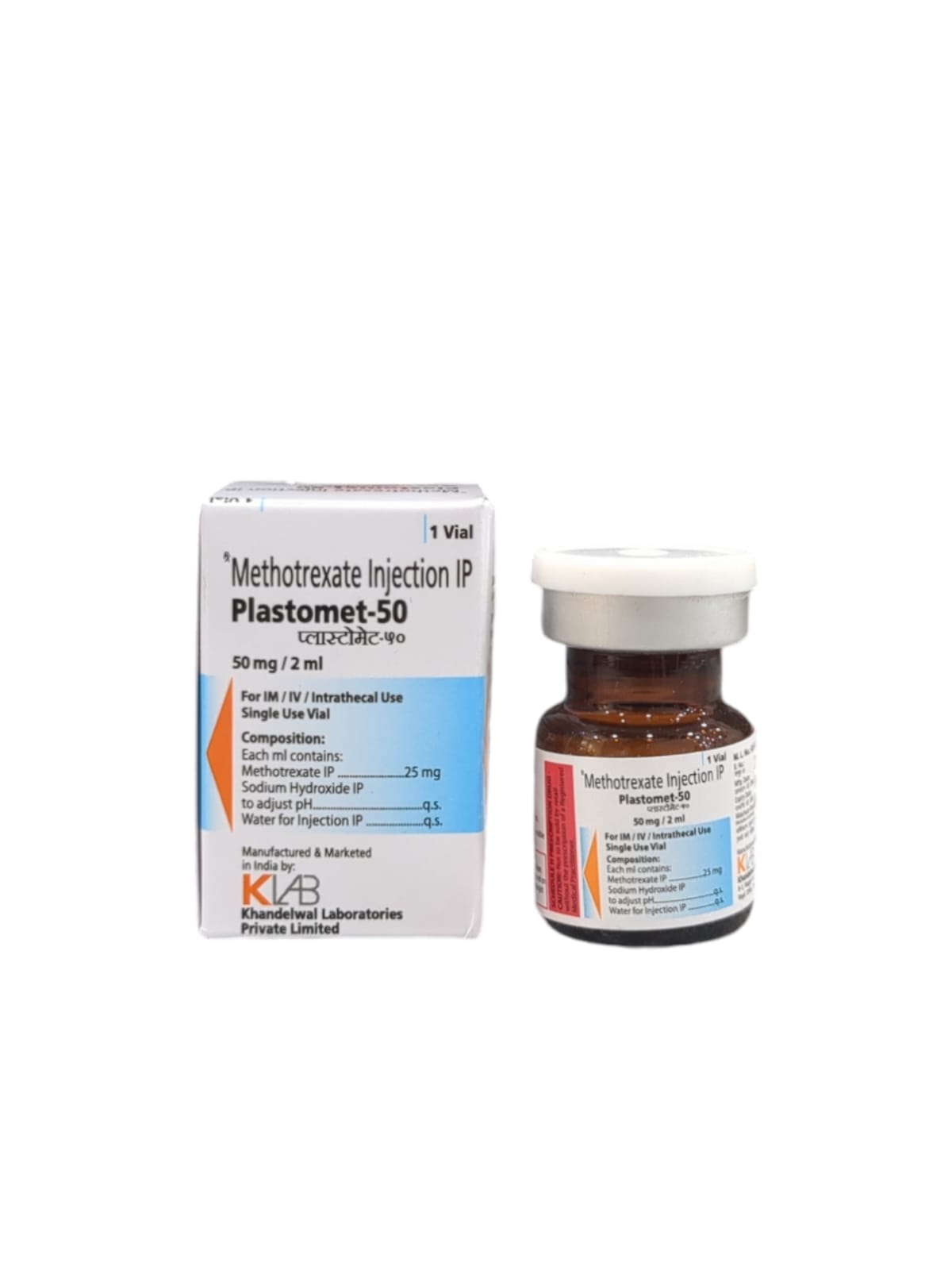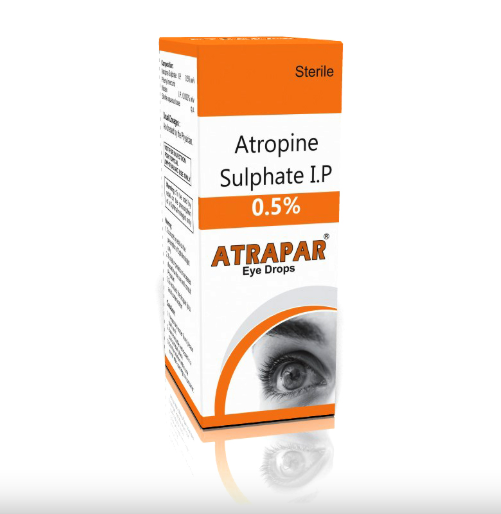Tropind Plus is a combination ophthalmic solution containing Tropicamide 0.8% and Phenylephrine 5%. This formulation is primarily used for both diagnostic and therapeutic purposes in ophthalmology. 🩺 Primary Uses of Tropind Plus 1. Pupillary Dilation (Mydriasis): The combination of Tropicamide and Phenylephrine effectively dilates the pupil, allowing eye care professionals to conduct thorough examinations of the retina, optic nerve, and other internal structures. 2. Cycloplegia: Tropicamide paralyzes the ciliary muscle, preventing accommodation (focusing), which is useful in refractive error assessments. 3. Uveitis Management: In cases of uveitis, Tropind Plus helps alleviate pain and prevents further spasms of the eye muscles. 4. Preoperative Preparation: Before surgeries like cataract extraction or retinal procedures, dilating the pupil is essential for clear visualization of the posterior segment. 5. Retinal Imaging: Facilitates procedures such as fundus photography and optical coherence tomography (OCT) by ensuring adequate pupil dilation. ⚙️ How It Works • Tropicamide is a parasympatholytic agent that inhibits the contraction of the circular muscle and paralyzes the ciliary muscle, leading to pupil dilation and cycloplegia. Phenylephrine is a sympathomimetic drug that causes contraction of the radial muscle of the iris, contributing to pupil dilation. Together, these agents produce rapid and effective dilation of the pupil, facilitating detailed eye examinations and procedures. ⚠️ Side Effects Common side effects may include: • Eye pain or stinging • Blurred vision • Sensitivity to light (photophobia) • Allergic reactions These effects are typically temporary and resolve shortly after the examination. 🧪 Safety and Precautions • Driving and Operating Machinery: Avoid activities that require clear vision, such as driving, immediately after application, as the solution can cause temporary blurred vision. • Pregnancy and Breastfeeding: Consult a healthcare provider before use during pregnancy or while breastfeeding, as safety data may be limited. • Drug Interactions: Be cautious when using Tropind Plus with certain medications, especially monoamine oxidase inhibitors (MAOIs) or tricyclic antidepressants, as interactions may occur.
Send Message